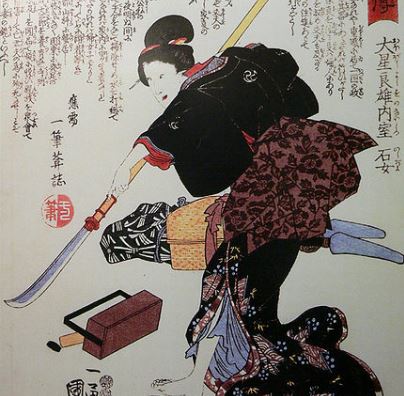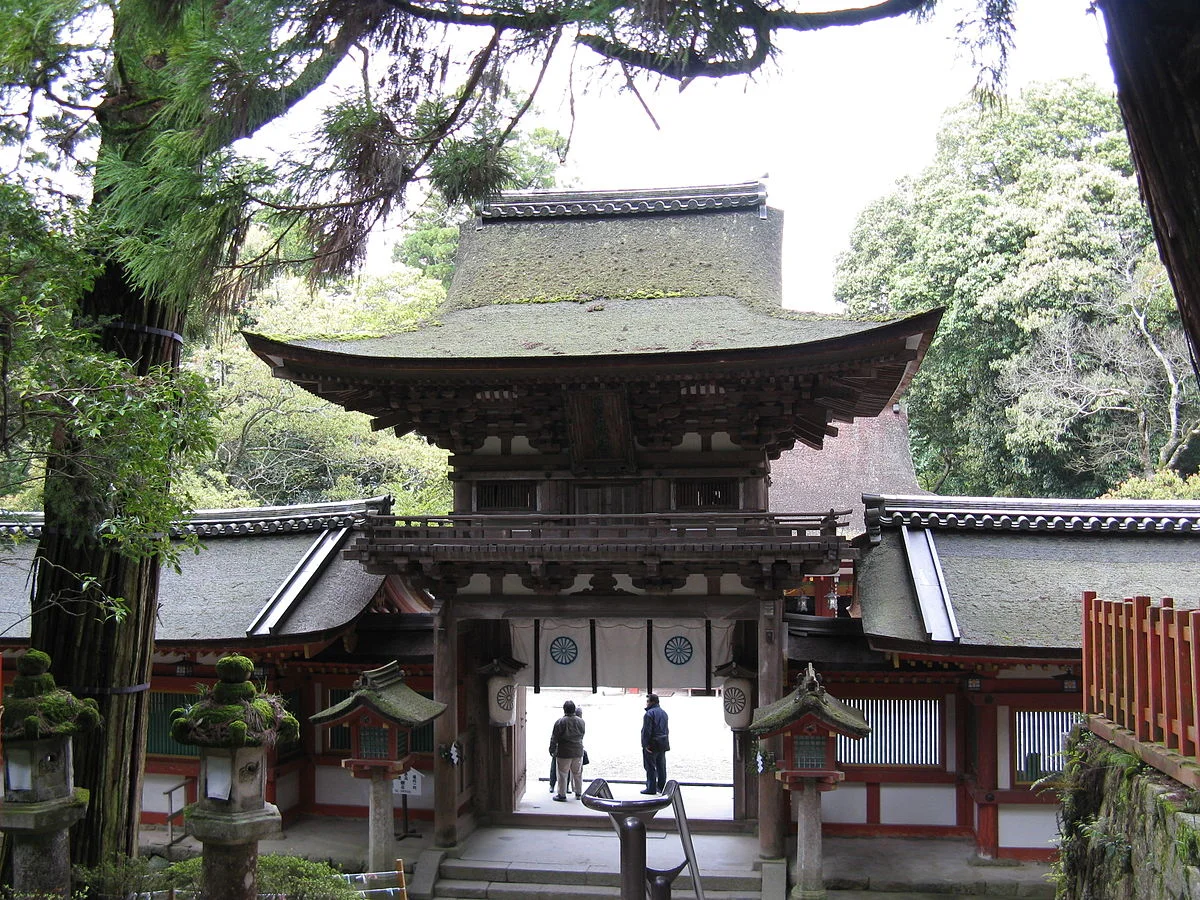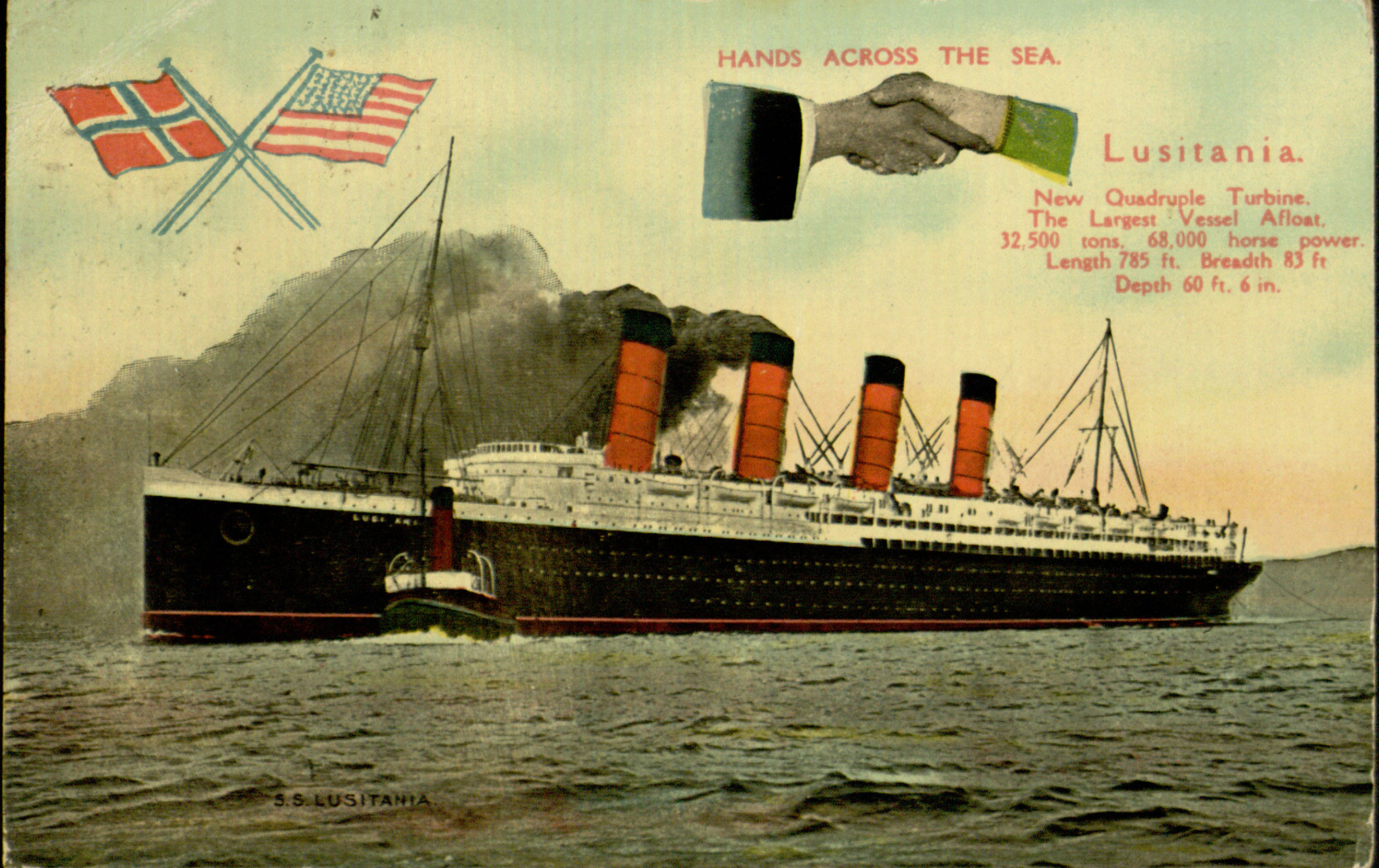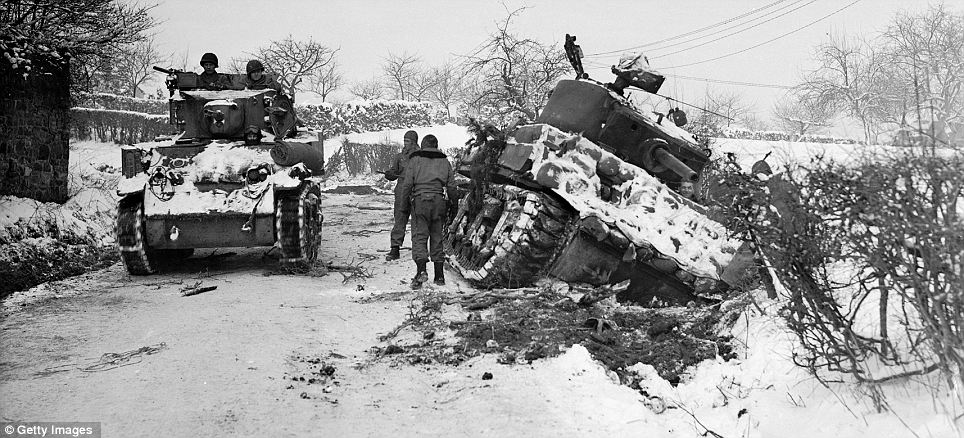It was said that the mysterious Seven-Branched Sword was re-discovered in the 20th century in Japan’s Isonokami Shrine in 1945. Situated in the foothills of Tenri-shi in Nara Prefecture, Japan, this 2000-year-old Shinto shrine is home to many of the country’s national treasures and has housed the original Seven-Branched Sword since antiquity.
Nanatsusaya no Tachi is referred to as the Seven-Branched Sword because of its unique appearance. The sword has three pairs of branch-like protrusions which extend on each side of the main blade. Along with the central blade’s tip, these protrusions make up the sword’s iconic seven “branches.”
The sword is made of iron and is 2 feet and 5 and a half inches in length. Considering the unusual appearance of the sword, particularly the blade’s several branches, the Seven-Branched Sword is not a functional weapon for combat. And so, it is believed that it most likely served a ceremonial function and not a military one.
In the 1870s, a two-sided inscription inlaid in gold was rediscovered on the sword’s blade by Masatomo Kan, one of Isonokami Shrine’s Shinto priests at the time. Unfortunately, due to abrasion and deterioration of the blade over the years, some of the characters of the inscription are now indecipherable.
On one side of the blade, the inscription mentions that the Seven-Branched sword was “manufactured with hundred-times-wrought iron” and that it possessed a “magical power” that could repel enemy forces.
On the other side, the inscription reveals who commissioned the forging of the sword and for whom it was made. The second inscription reads: "Never before has there been such a blade. The crown prince of Baekje's king, who lives under august sounds, had this sword made for King of Wa in the hope that it might be passed on to later generations."
Debate Over the Inscriptions of the Sword
The ambiguity of some of the characters found in the inscription of the Seven-Branched Sword has caused much debate among experts, particularly regarding the nature of the relationship between Baekje and Japan.
One interpretation of the inscription suggests that Baekje was a vassal state of Japan - a claim largely supported by many Japanese scholars. This would mean that the sword along with the other precious items sent by this old Korean kingdom to the ruler of Japan were equivalent to paying tribute to an overlord.




































